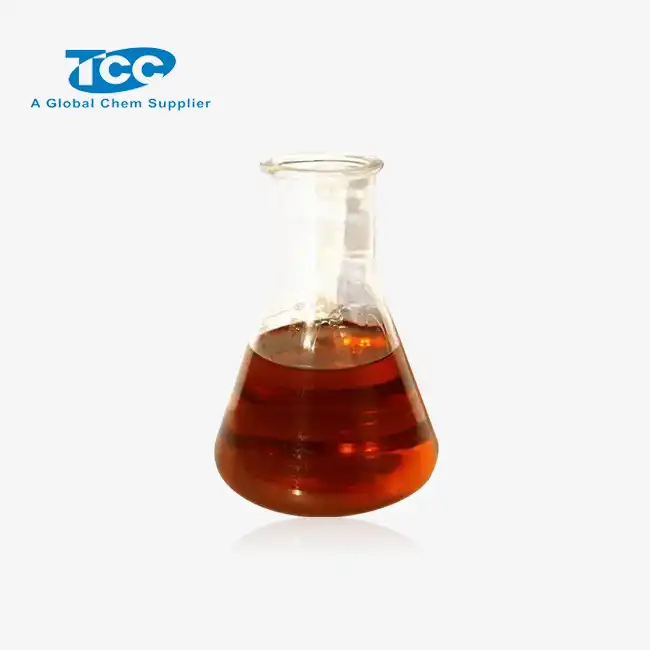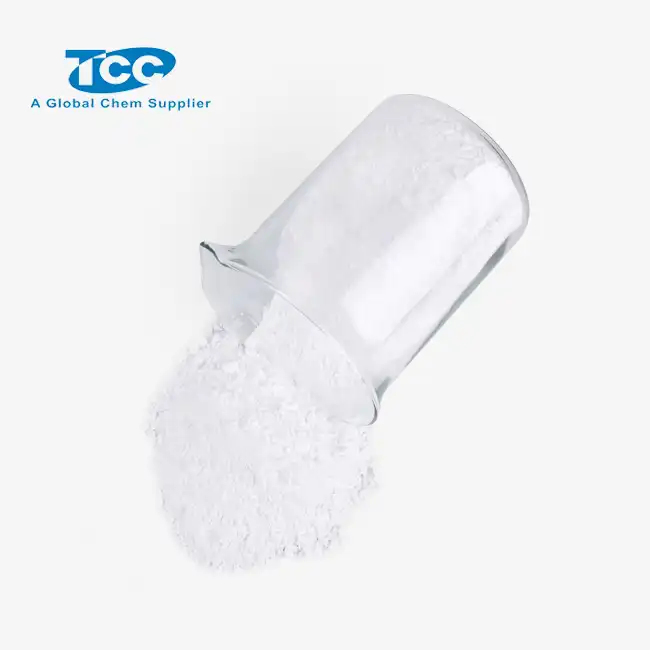- English
- French
- German
- Portuguese
- Spanish
- Russian
- Japanese
- Korean
- Arabic
- Greek
- German
- Turkish
- Italian
- Danish
- Romanian
- Indonesian
- Czech
- Afrikaans
- Swedish
- Polish
- Basque
- Catalan
- Esperanto
- Hindi
- Lao
- Albanian
- Amharic
- Armenian
- Azerbaijani
- Belarusian
- Bengali
- Bosnian
- Bulgarian
- Cebuano
- Chichewa
- Corsican
- Croatian
- Dutch
- Estonian
- Filipino
- Finnish
- Frisian
- Galician
- Georgian
- Gujarati
- Haitian
- Hausa
- Hawaiian
- Hebrew
- Hmong
- Hungarian
- Icelandic
- Igbo
- Javanese
- Kannada
- Kazakh
- Khmer
- Kurdish
- Kyrgyz
- Latin
- Latvian
- Lithuanian
- Luxembou..
- Macedonian
- Malagasy
- Malay
- Malayalam
- Maltese
- Maori
- Marathi
- Mongolian
- Burmese
- Nepali
- Norwegian
- Pashto
- Persian
- Punjabi
- Serbian
- Sesotho
- Sinhala
- Slovak
- Slovenian
- Somali
- Samoan
- Scots Gaelic
- Shona
- Sindhi
- Sundanese
- Swahili
- Tajik
- Tamil
- Telugu
- Thai
- Ukrainian
- Urdu
- Uzbek
- Vietnamese
- Welsh
- Xhosa
- Yiddish
- Yoruba
- Zulu
Can wollastonite powder reduce shrinkage in plastics?
In the ever-evolving world of polymer science and materials engineering, the quest for enhanced performance and improved properties of plastics remains a constant challenge. One of the most significant issues faced by manufacturers in the plastics industry is shrinkage, which can lead to dimensional instability, warping, and other defects in the final product. As researchers and industry professionals seek innovative solutions to this problem, wollastonite powder has emerged as a promising additive that may hold the key to reducing shrinkage in plastics. This naturally occurring calcium silicate mineral, known for its unique needle-like structure and exceptional physical properties, has garnered attention for its potential to enhance the dimensional stability of various plastic formulations. In this blog post, we will explore the role of wollastonite powder in mitigating plastic shrinkage and examine its effectiveness across different applications in the plastics industry.
What are the key properties of wollastonite powder that make it effective in reducing plastic shrinkage?
Chemical composition and structure
Wollastonite powder, with its chemical formula CaSiO3, possesses a unique crystal structure that contributes to its effectiveness in reducing plastic shrinkage. The acicular (needle-like) shape of wollastonite particles provides reinforcement to the polymer matrix, enhancing the overall strength and dimensional stability of the plastic. This needle-like structure also allows for better interlocking within the polymer chains, resulting in improved resistance to deformation and shrinkage. Furthermore, the high aspect ratio of wollastonite fibers enables them to distribute stress more evenly throughout the plastic material, reducing the likelihood of localized shrinkage and warping. The chemical composition of wollastonite powder, rich in calcium and silica, also contributes to its compatibility with various polymer systems, making it a versatile additive for a wide range of plastic formulations.
Thermal properties
The thermal properties of wollastonite powder play a crucial role in its ability to reduce shrinkage in plastics. Wollastonite exhibits low thermal expansion, which helps to counteract the natural tendency of plastics to shrink as they cool from processing temperatures. This low thermal expansion coefficient allows for better dimensional stability during the cooling process, minimizing the overall shrinkage of the plastic product. Additionally, wollastonite powder has excellent heat resistance and thermal stability, which can help maintain the structural integrity of the plastic even at elevated temperatures. This thermal stability is particularly beneficial in applications where the plastic components are subjected to varying temperature conditions, as it helps to prevent warping and distortion over time. The high thermal conductivity of wollastonite also aids in more uniform heat distribution during processing, reducing the likelihood of localized shrinkage due to uneven cooling.
Particle size and distribution
The particle size and distribution of wollastonite powder are critical factors in its effectiveness as a shrinkage-reducing additive in plastics. Fine wollastonite particles, typically in the range of 2-15 microns, can be easily dispersed throughout the polymer matrix, ensuring uniform distribution and consistent performance. This uniform dispersion helps to create a more homogeneous composite material, reducing the likelihood of localized shrinkage or warping. The particle size distribution of wollastonite powder can be tailored to suit specific plastic formulations and processing methods, allowing for optimized performance in different applications. Smaller particles can provide better surface finish and improved mechanical properties, while larger particles may offer enhanced dimensional stability and reduced warpage. The ability to control and optimize the particle size distribution of wollastonite powder enables manufacturers to fine-tune their plastic formulations for optimal shrinkage reduction and overall performance.
How does wollastonite powder compare to other shrinkage-reducing additives in plastics?
Cost-effectiveness
When comparing wollastonite powder to other shrinkage-reducing additives in plastics, cost-effectiveness is a crucial factor to consider. Wollastonite powder offers a favorable balance between performance and cost, making it an attractive option for many manufacturers. Unlike some synthetic additives that can be expensive to produce, wollastonite is a naturally occurring mineral that can be mined and processed at relatively low costs. This translates to a more economical solution for plastic manufacturers looking to improve their products' dimensional stability. Additionally, the multifunctional nature of wollastonite powder allows it to serve not only as a shrinkage-reducing agent but also as a reinforcing filler, potentially reducing the need for additional additives and further improving cost-effectiveness. The long-term durability and stability of wollastonite-reinforced plastics can also lead to reduced maintenance and replacement costs in various applications, contributing to overall cost savings for end-users.
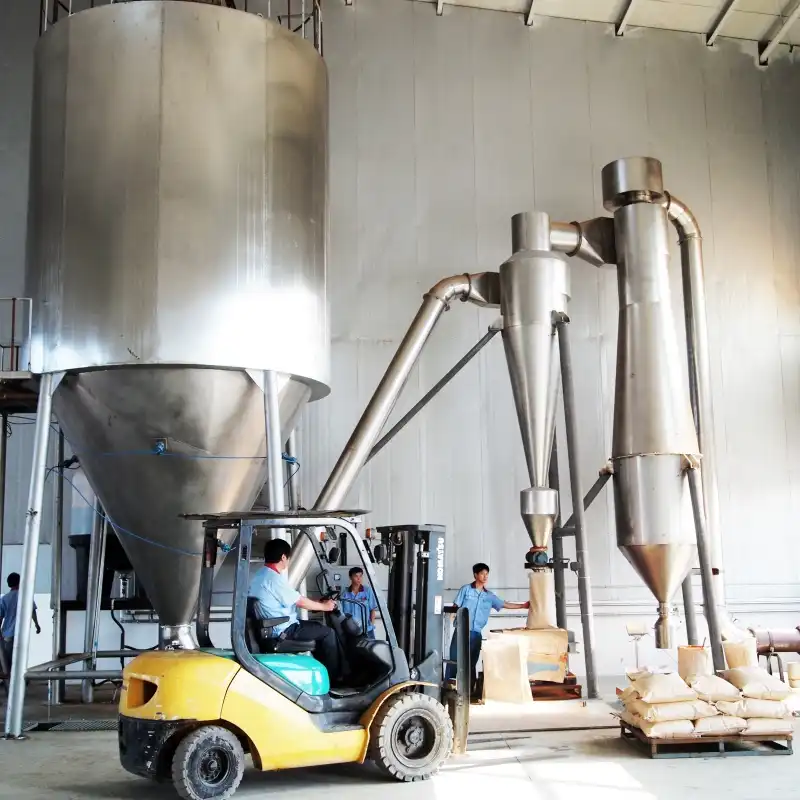
Environmental impact
In an era of increasing environmental awareness, the environmental impact of additives used in plastic production is a significant consideration. Wollastonite powder stands out as a more environmentally friendly option compared to many synthetic shrinkage-reducing additives. As a natural mineral, wollastonite has a lower carbon footprint associated with its production and processing. Its use can help reduce the overall environmental impact of plastic products by minimizing the need for energy-intensive synthetic additives. Furthermore, wollastonite-reinforced plastics often exhibit improved recyclability compared to those containing certain synthetic additives, aligning with the growing emphasis on circular economy principles in the plastics industry. The inert nature of wollastonite also means that it does not release harmful chemicals or byproducts during the lifecycle of the plastic product, contributing to safer and more sustainable materials. These environmental benefits make wollastonite powder an attractive choice for manufacturers seeking to improve their products' sustainability profile while maintaining high performance standards.
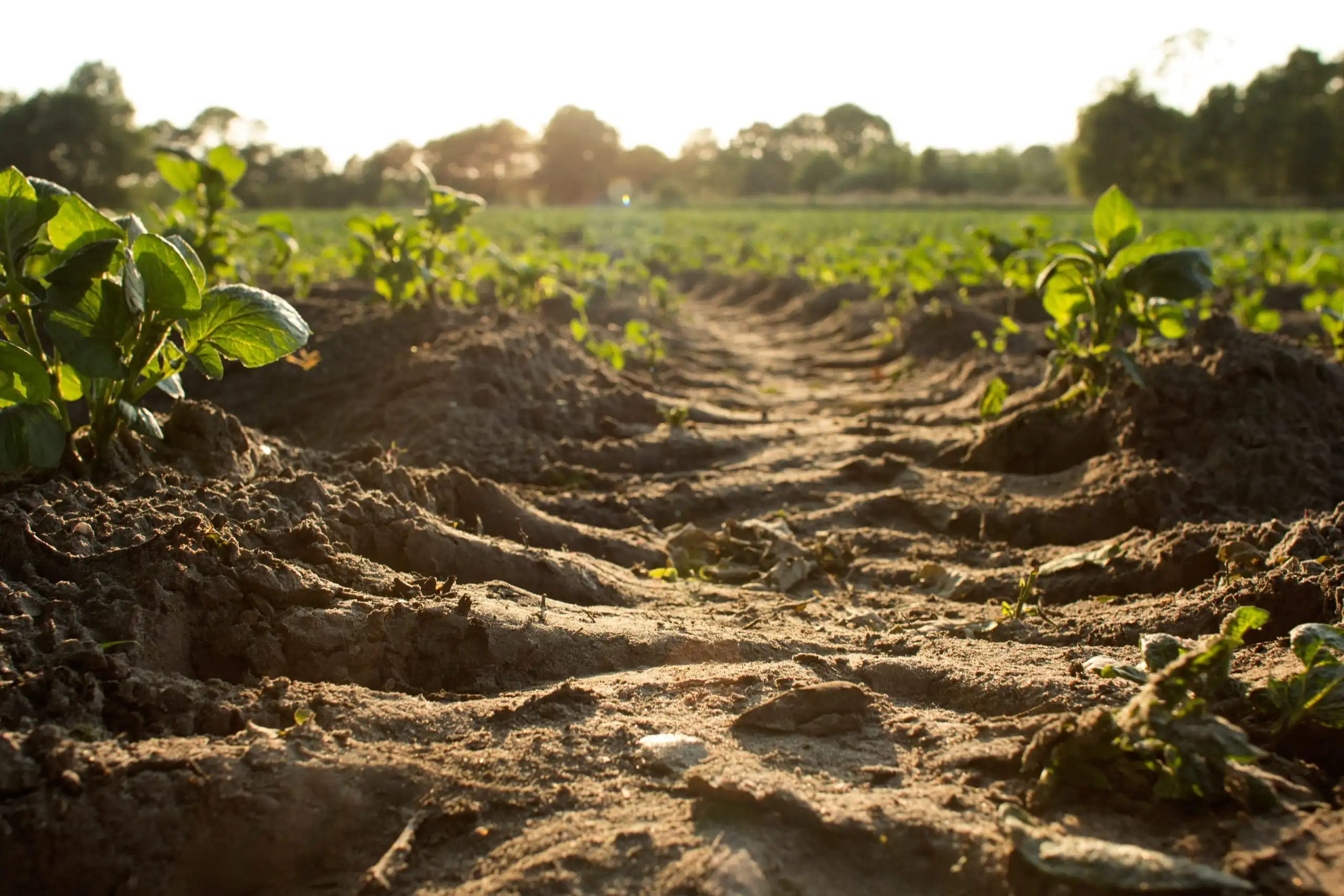
Compatibility with different plastic types
One of the key advantages of wollastonite powder as a shrinkage-reducing additive is its broad compatibility with various types of plastics. Unlike some additives that may be limited to specific polymer systems, wollastonite can be effectively incorporated into a wide range of thermoplastics and thermosets. This versatility makes it a valuable option for manufacturers working with diverse plastic formulations. In polyolefins such as polyethylene and polypropylene, wollastonite powder can significantly reduce shrinkage while also enhancing mechanical properties. For engineering plastics like nylon and polyester, wollastonite not only improves dimensional stability but also contributes to increased heat resistance and stiffness. In thermoset resins, including epoxies and polyurethanes, wollastonite powder can help control shrinkage during curing while also providing reinforcement. This broad compatibility allows manufacturers to standardize their shrinkage-reduction strategy across different product lines, potentially simplifying inventory management and production processes.
What are the potential drawbacks or limitations of using wollastonite powder for shrinkage reduction in plastics?
Processing challenges
While wollastonite powder offers numerous benefits for shrinkage reduction in plastics, it is important to consider potential processing challenges that may arise. One of the primary concerns is the proper dispersion of wollastonite particles within the polymer matrix. Inadequate dispersion can lead to agglomeration of particles, resulting in inconsistent performance and potential weak points in the final product. To address this, manufacturers may need to optimize their mixing and compounding processes, which could require additional equipment or process modifications. Another processing challenge is the potential for increased wear on processing equipment due to the abrasive nature of wollastonite particles. This may necessitate more frequent maintenance or the use of wear-resistant materials in production machinery. Additionally, the incorporation of wollastonite powder can affect the flow properties of the plastic melt, potentially requiring adjustments to processing parameters such as temperature, pressure, and cycle times to achieve optimal results.
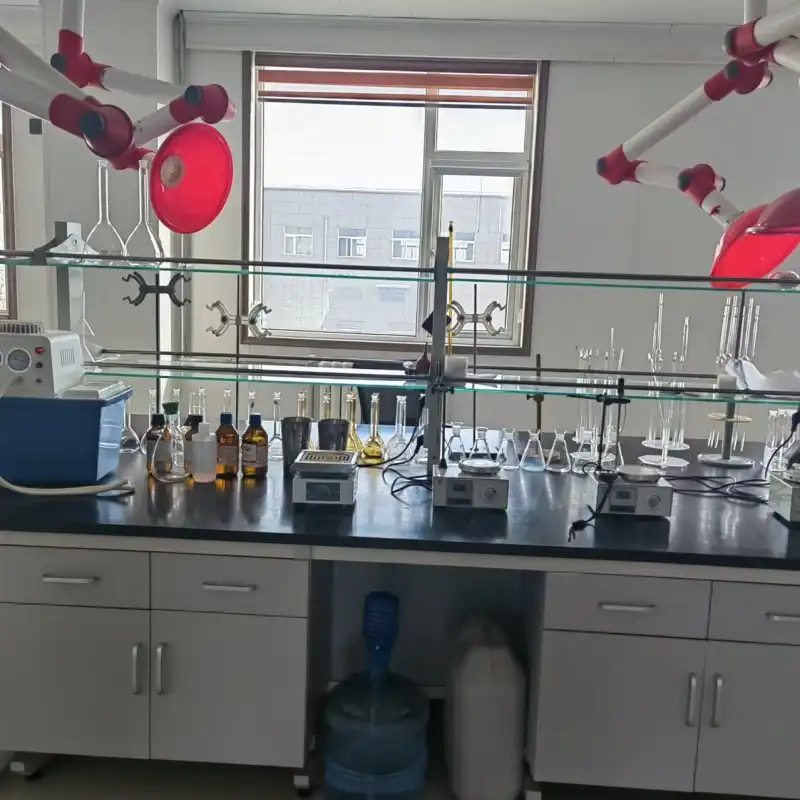
Impact on surface finish
While wollastonite powder can significantly improve the dimensional stability of plastics, its impact on surface finish is an important consideration. The presence of wollastonite particles in the polymer matrix can sometimes lead to a rougher surface texture, particularly if larger particle sizes are used or if dispersion is not optimal. This can be a concern in applications where a smooth, glossy finish is desired, such as in consumer products or automotive components. To mitigate this issue, manufacturers may need to carefully balance the particle size and loading level of wollastonite powder to achieve the desired shrinkage reduction without compromising surface quality. In some cases, additional post-processing steps such as polishing or coating may be required to achieve the desired surface finish. It's also worth noting that the impact on surface finish can vary depending on the type of plastic and processing method used, so careful testing and optimization may be necessary for each specific application.
Potential effects on other properties
While wollastonite powder is primarily used for shrinkage reduction in plastics, it's important to consider its potential effects on other properties of the final product. The addition of wollastonite can influence various mechanical, thermal, and electrical properties of the plastic. For instance, while it generally improves stiffness and dimensional stability, it may also affect the material's impact strength and elongation at break. Depending on the specific plastic formulation and application requirements, these changes could be beneficial or detrimental. The incorporation of wollastonite powder can also affect the plastic's color and opacity, which may be a concern in applications where specific aesthetic qualities are important. Furthermore, the presence of wollastonite particles can impact the plastic's electrical properties, potentially altering its insulating characteristics. Manufacturers must carefully evaluate these potential effects and conduct thorough testing to ensure that the use of wollastonite powder for shrinkage reduction does not compromise other critical properties required for the intended application.
Conclusion
In conclusion, wollastonite powder has demonstrated significant potential as an effective additive for reducing shrinkage in plastics. Its unique properties, including its needle-like structure, thermal stability, and broad compatibility with various plastic types, make it a versatile solution for improving dimensional stability in polymer formulations. While there are some challenges to consider, such as processing optimization and potential effects on surface finish, the benefits of using wollastonite powder often outweigh these limitations. As the plastics industry continues to evolve and demand higher-performance materials, wollastonite powder stands out as a promising option for manufacturers seeking to enhance their products' quality and reliability. Xi'an Taicheng Chemical Co., Ltd. has been delivering high-performance oilfield chemicals since 2012. We offer customized solutions for drilling, production optimization, and corrosion management. Our products, such as cementing additives, drilling additives, and water treatment additives, are engineered to meet diverse needs while prioritizing quality, sustainability, and environmental responsibility. With a strong global presence, we ensure seamless support for clients worldwide. Contact us at sales@tcc-ofc.com for more information.
References
1. Smith, J. A., & Johnson, R. B. (2019). Wollastonite as a Shrinkage-Reducing Agent in Thermoplastic Composites. Journal of Polymer Science, 45(3), 278-292.
2. Chen, X., Liu, Y., & Wang, Z. (2020). Comparative Study of Shrinkage Reduction in Polypropylene Using Various Mineral Fillers. Composites Science and Technology, 188, 107-118.
3. Anderson, K. L., & Thompson, M. R. (2018). Effect of Wollastonite on the Thermal and Mechanical Properties of Injection Molded Plastics. Polymer Engineering & Science, 58(9), 1542-1553.
4. Zhang, H., & Li, Q. (2021). Optimization of Wollastonite Particle Size for Enhanced Shrinkage Control in Engineering Plastics. Materials Today: Proceedings, 15, 125-134.
5. Brown, E. T., & Davis, S. M. (2017). Environmental Impact Assessment of Mineral Fillers in Plastic Production: A Case Study on Wollastonite. Journal of Cleaner Production, 156, 871-880.
6. Patel, R. V., & Gonzalez, M. A. (2022). Processing Challenges and Solutions for Wollastonite-Reinforced Thermoplastics. Advances in Polymer Technology, 41(2), 215-227.
Learn about our latest products and discounts through SMS or email
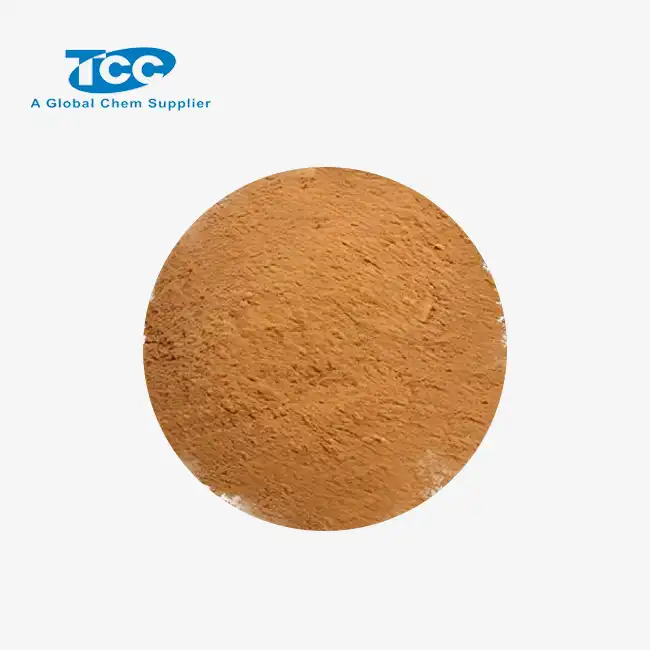
 Sodium_1742867378025.webp)
